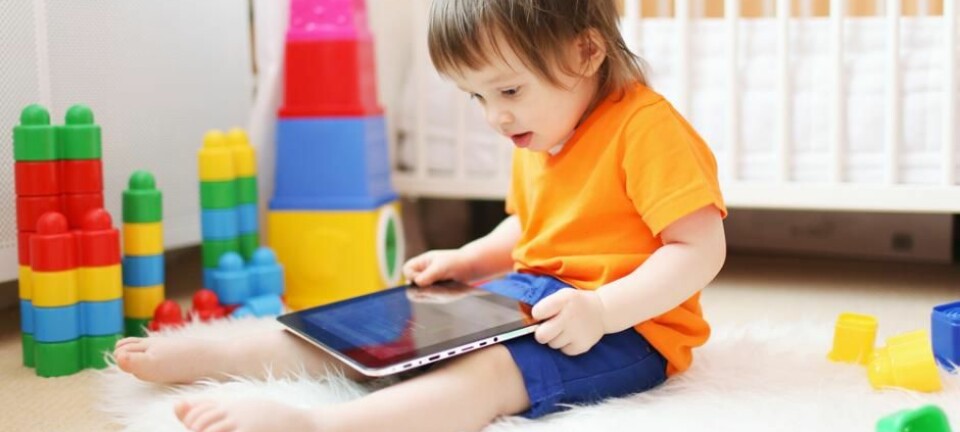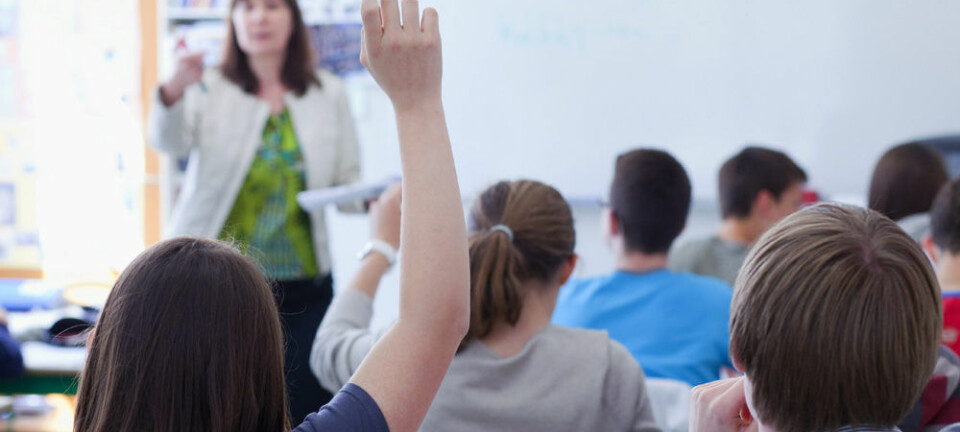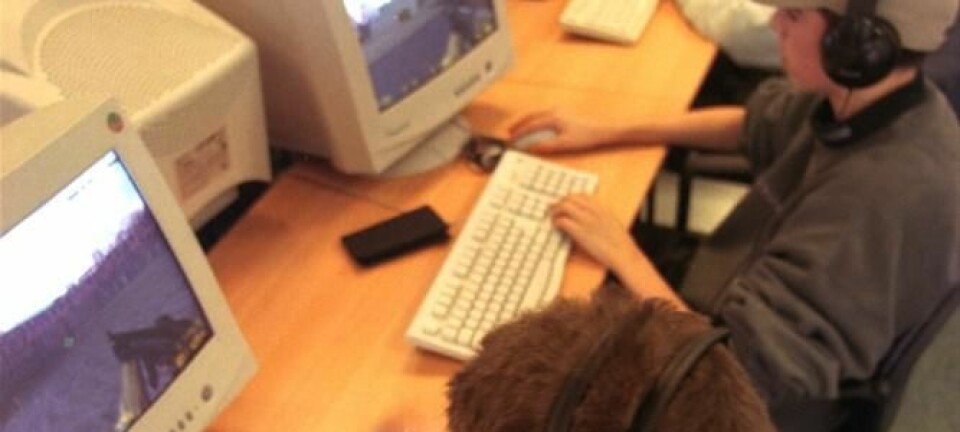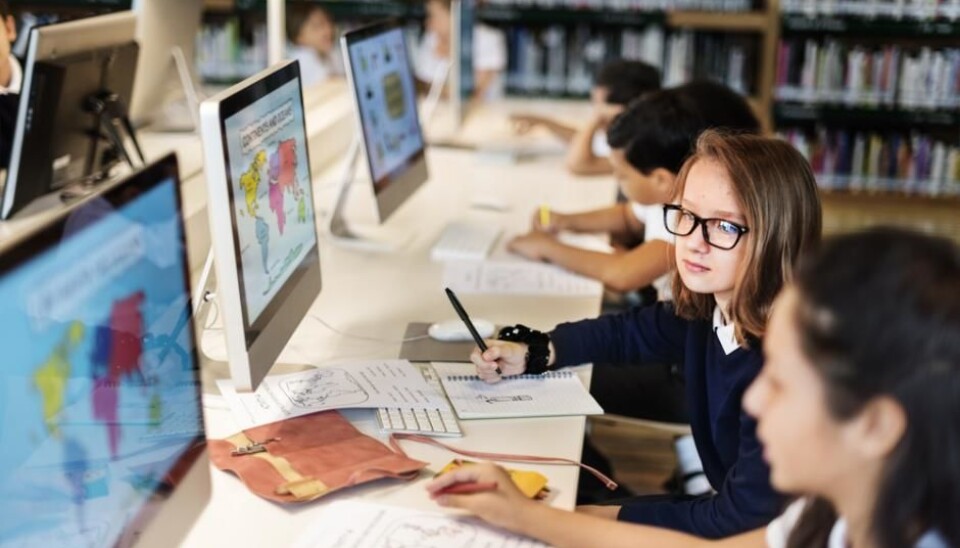
Digital knowledge is a poor substitute for learning in the real world
Today, children spend more time learning in front of a screen than they do outdoors. But does this harm their understanding of the real world and physical mechanisms?
I’m in the kitchen, baking. I call out to my 11-year-old daughter, but she doesn’t respond. She’s absorbed in the latest instalment of her favourite YouTube star’s baking show.
What on Earth is going on? The real world, where my hands are covered in flour and sugar is spilt across the kitchen table, is in competition with a YouTuber celebrity--whose hands are also covered in flour, and sugar is spilt across their kitchen table.
The difference is that I do not look to camera in between adding the sugar and sifting the flour, and only my daughter is here to “like” me.
As a mother it’s frustrating, but as a neurobiologist and philosopher I can’t help but ask: Is our learning disadvantaged if we acquire it through 2D-media and not in the physical, 3D-world?.

Is a child’s scientific understanding of the world compromised when they have limited contact with macro-phenomena—the topics of natural sciences. And what consequences does a lack of contact with nature have on their learning in general?
Read More: Scribbling helps kids learn to read
Embodied cognition and nature deficiency
We know that children’s contact and experiences with nature are in sharp decline.
The journalist Richard Louv described this as nature deficit disorder in his 2005 book ‘Last Child in the Woods.’ Children today suffer from this nature deficiency to such a degree that it is having negative consequences for their well-being, he wrote.
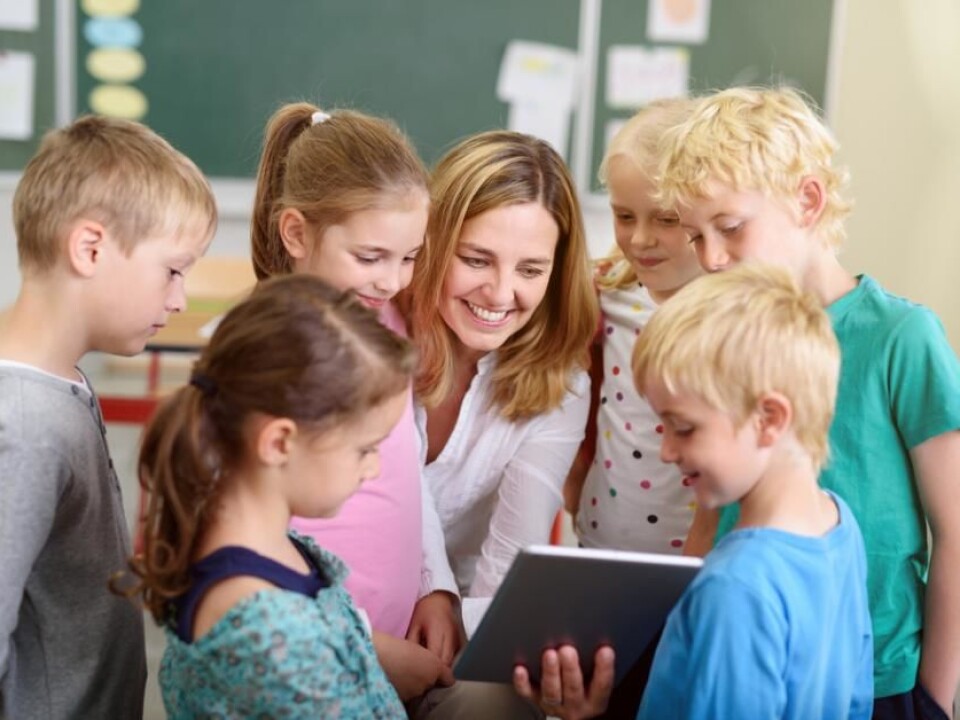
But the question is, what happens to their understanding of the natural sciences when their experiences of phenomena in the real world are replaced by various forms of media? When we look at a supermoon on a computer screen and not up in the night sky?
According to the field of embodied cognition (a topic of research in social and cognitive psychology), we build conceptual knowledge of real world phenomena from our sensory experiences.
Previous research has shown that if you do not go out and get your hands dirty, get snow in your shoes, or see the bright light of a supermoon with your own eyes, then your knowledge of these phenomena becomes less integrated into your thought processes.
Today, play is not automatically an outdoor activity, where children are free to run around on uneven surfaces or climb trees. Play is a screen-activity, which takes place seated inside, and often with the curtains drawn so you can see the screen more clearly.
This type of play is not necessarily lonely—far from it. It allows communication between devices and across physical space. Children watch and share YouTube videos, read Wikipedia, and are exposed to vast amounts of information from others. But new research highlights some of the more undesirable side-effects of so much screen time.
Read More: Learning in day care - is that what we really want?
Break-time changed in the ‘iPad school’
One example of how screen time replaced outdoor activity was reported in my 2017 study, published in the Oxford Review of Education. I documented what happened to children’s break-time when their school became an iPad school—replacing books with iPads in class.
For example, students between the ages of 11 and 12 began sitting inside in front of their iPads, rather than going out to the school yard. Their ten minute break suddenly felt too short for outdoor play—it was easier to stay inside and play on an iPad.
The prospect of entertainment at your fingertips seemed to make the trip out of the classroom, down the corridor, and into the school yard, suddenly seem very long!
Some students chose to go out anyway, but it was typically those who had the gumption to get up and out without being prompted—and often they ended up playing alone. It became a question of ‘self-discipline’ and the individual’s ability to stop themselves playing on the iPad.
Read More: Are computer games a teacher’s friend or enemy?
Translating information from 2D to 3D
Let’s revisit the kitchen, and those who would rather have their own hands covered in cake mix or see someone else’s mucky hands on screen.
How does the real world sensory impact influence their experiences?
Scientists behind a 2015 study, published in the Journal of Experimental Child Psychology, studied the difference in experience between digital and physical handling in brick-puzzle games. They report that children’s perceptual experience changes because seeing the activity on screen, for example, does not allow for depth experience and often distorts proportions.
This presents a challenge when transferring the skills learnt on screen to the physical world. When perception of the physical world is different than perception of the digital world, it becomes a big leap to translate the information from the 2D digital world to the 3D real world.
One problem is that the virtual 2D bricks do not fit together in the same way as 3D bricks. If children try to combine bricks that do not fit together in the real world, they realise very quickly that it’s not working.
There is a kind of inertia in the experiment in the physical world, which travels through the fingers. Children feel the resistance both in a haptic sense--an interaction involving touch, in this case through the fingers—and through sound. This is lacking in the virtual puzzle. And even though you can include a feedback mechanism in the program, it will never deliver the same detailed awareness that is created via our many sensory experiences.
A virtual feedback will therefore always be inadequate because it is not anchored in how things really are or feel.
Read More: Tablets enhance play by taking toddlers on a digital adventure
Is mediated learning poorer?
Mediated learning is thus not as effective as learning by practical experience because it assumes that the child will fill in the gaps themselves—the gaps that are missing in the sensory learning process—and that this type of knowledge is transferable to the real world.
When children put the bricks together on a screen they have to imagine how it physically feels when two bricks fit together correctly.
The significance of such sensory holes in learning is determined by the age of the learner. If you only ever learn to play virtual puzzles, then you will not have any physical sense of how it feels. And you cannot simply imagine what it felt like.
Small children, will struggle to translate 2D information to 3D. The same goes for learning via YouTube videos. We can only sensibly decode the images from the screen if we have also experienced doing it ourselves.
Read More: How to practice the right way
The balance between 2D and 3D
To have the richest learning experience possible, such mediated learning by watching YouTube videos or playing virtual games can only stand alone once we have experienced the activities ourselves in the real world.
You could even take this a step further, and say that digital learning can only ever be effective after having first hand experience to draw on.
We need to know more about how much ‘real world’ learning we need to prepare ourselves for the continued used of technology in the future.
And not least, how mediated and real world knowledge should be balanced to avoid any negative consequences of a nature deficiency. We will explore this in more detail in the next article.
---------------
Read this article in Danish at ForskerZonen, part of Videnskab.dk
Translated by: Catherine Jex
Scientific links
- 'Teachers’ orchestration of bodily experiences and their re-representation for learning force concepts,1 Edith Cowan University (2017).
- 'Physical experience enhances science learning,' Psychological science (2015), doi: 10.1177/0956797615569355
- 'Naturlig læring,' Aarhus: Aarhus Universitetsforlag (2017), isbn: 978 87 7124 837 1
- 'Early Digital Literacy: Learning to Watch, Watching to Learn,' Cognitive Development in Digital Contexts (2018), doi: 10.1016/B978-0-12-809481-5.00002-X
- 'The Role of Interactional Quality in Learning from Touch Screens during Infancy: Context Matters,' Frontiers in Psychology (2016), doi: 10.3389/fpsyg.2016.01264
